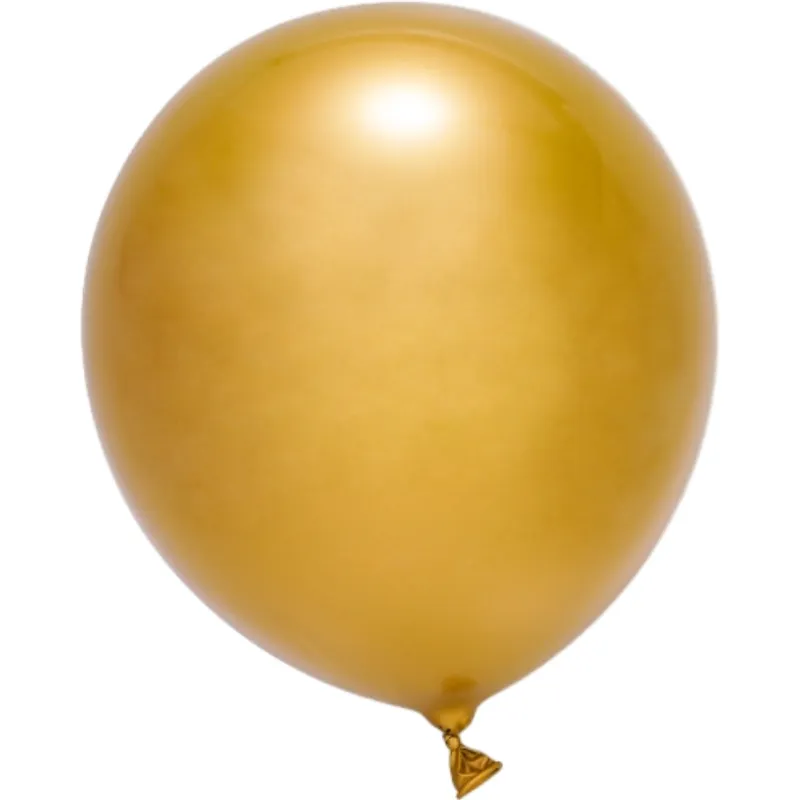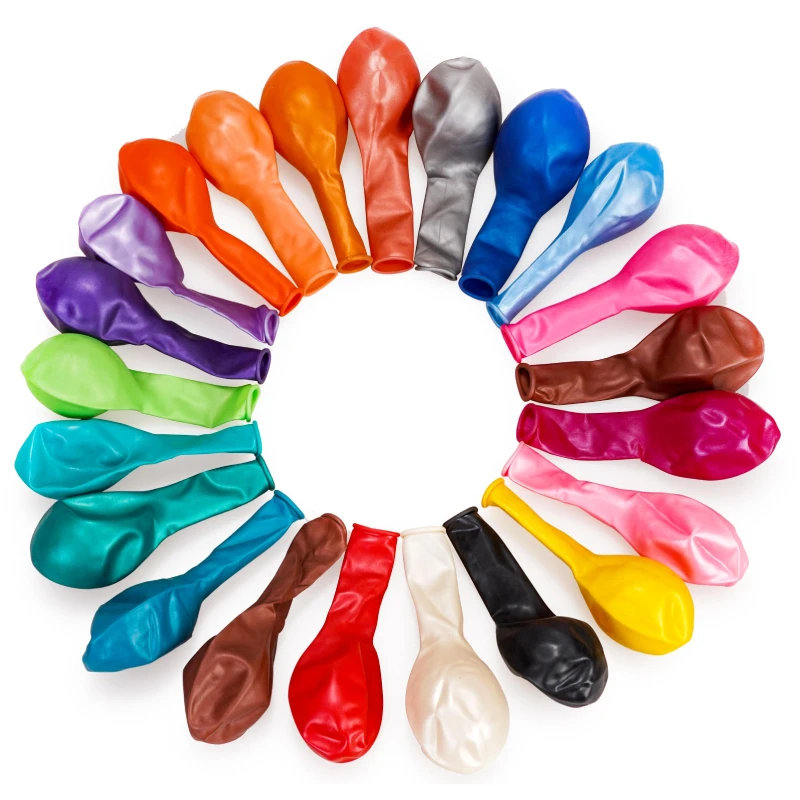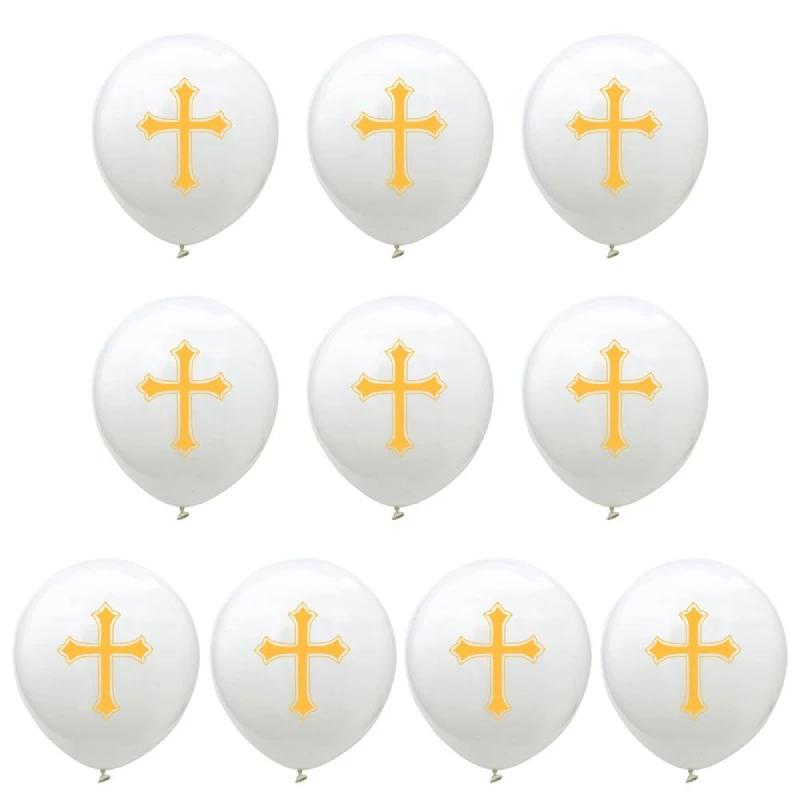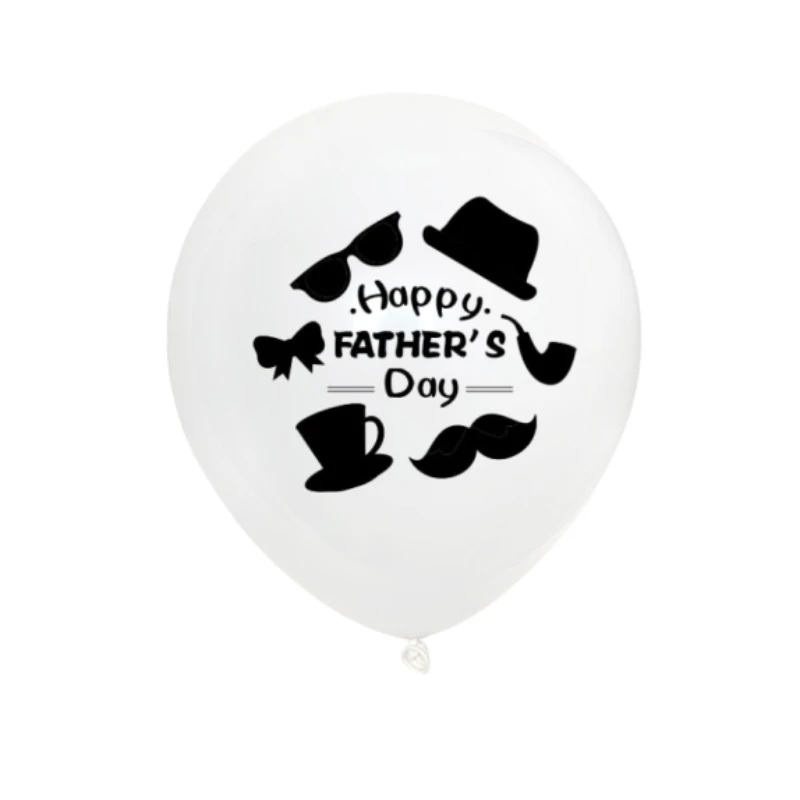Фев . 06, 2025 05:21
Back to list
Retro Balloon
Understanding the cost implications of balloon printing can be a daunting task for business owners looking to make informed decisions. It's crucial to delve into the factors influencing balloon printing prices to ensure not only the best deal but also the best quality to meet marketing objectives. Having spent years in the field of promotional marketing, we've garnered insights into the nuances of pricing mechanisms, central around quality assurance, printing technology, and quantity needed.
Geographic location is another layer adding to price variability. Manufacturers or printers located in metropolitan areas may charge more due to higher operational costs. However, they might also provide cutting-edge technology and better quality assurance, justifying the price point. In contrast, smaller towns might offer lower prices, albeit with a potential compromise in technological advancement or speed of delivery. Therefore, understanding the balance between geography, cost, and quality becomes paramount. Expert advice suggests requesting samples before committing to large orders. This minimizes risk, allowing evaluation of quality firsthand and ensuring the printer’s capabilities align with branding expectations. It's a step that can safeguard your brand’s integrity while providing a tangible sense of what you’re investing in. Finally, the choice of supplier should reflect a steadfast commitment to environmental responsibility, without costing a significant premium. More businesses are demanding eco-friendly printing options. While sometimes pricier, investing in such options resonates with modern consumer values, potentially enhancing brand reputation. In conclusion, balloon printing is an effective advertising medium requiring careful consideration of price factors combined with an understanding of industry practices. Balancing design complexity, quantity, material choice, and quality with budgetary constraints ensures a marketing strategy's efficiency. Leveraging expert insights can keep your organization at the forefront of this evolving industry, providing a competitive edge in brand promotion. Always prioritize establishing relationships with trusted suppliers, known for delivering both quality and value, ensuring that your financial investment yields optimal returns.


Geographic location is another layer adding to price variability. Manufacturers or printers located in metropolitan areas may charge more due to higher operational costs. However, they might also provide cutting-edge technology and better quality assurance, justifying the price point. In contrast, smaller towns might offer lower prices, albeit with a potential compromise in technological advancement or speed of delivery. Therefore, understanding the balance between geography, cost, and quality becomes paramount. Expert advice suggests requesting samples before committing to large orders. This minimizes risk, allowing evaluation of quality firsthand and ensuring the printer’s capabilities align with branding expectations. It's a step that can safeguard your brand’s integrity while providing a tangible sense of what you’re investing in. Finally, the choice of supplier should reflect a steadfast commitment to environmental responsibility, without costing a significant premium. More businesses are demanding eco-friendly printing options. While sometimes pricier, investing in such options resonates with modern consumer values, potentially enhancing brand reputation. In conclusion, balloon printing is an effective advertising medium requiring careful consideration of price factors combined with an understanding of industry practices. Balancing design complexity, quantity, material choice, and quality with budgetary constraints ensures a marketing strategy's efficiency. Leveraging expert insights can keep your organization at the forefront of this evolving industry, providing a competitive edge in brand promotion. Always prioritize establishing relationships with trusted suppliers, known for delivering both quality and value, ensuring that your financial investment yields optimal returns.
Prev:
Next:
Latest News
-
Valentine’s Day Balloon ExtravaganzaNewsJun.27,2025
-
Polka Dot Balloons for Every OccasionNewsJun.27,2025
-
New Year Balloon CelebrationsNewsJun.27,2025
-
Exciting Gender Reveal Balloon Ideas for Your Big MomentNewsJun.27,2025
-
Celebrating Dad with Unique Balloon SurprisesNewsJun.27,2025
-
Balloon Themes for Every CelebrationNewsJun.27,2025
-
Unique Decorative Pastel BalloonsNewsJun.26,2025
Related Products
Welcome To
Tell Us Your Needs
Welcome friends and customers at home and abroad to cooperate sincerely and create brilliance together!
-
 Service Emailhu@festivalballoon.com
Service Emailhu@festivalballoon.com -
 Service Phone+86 18831270668
Service Phone+86 18831270668
 Consult now
Consult now





























